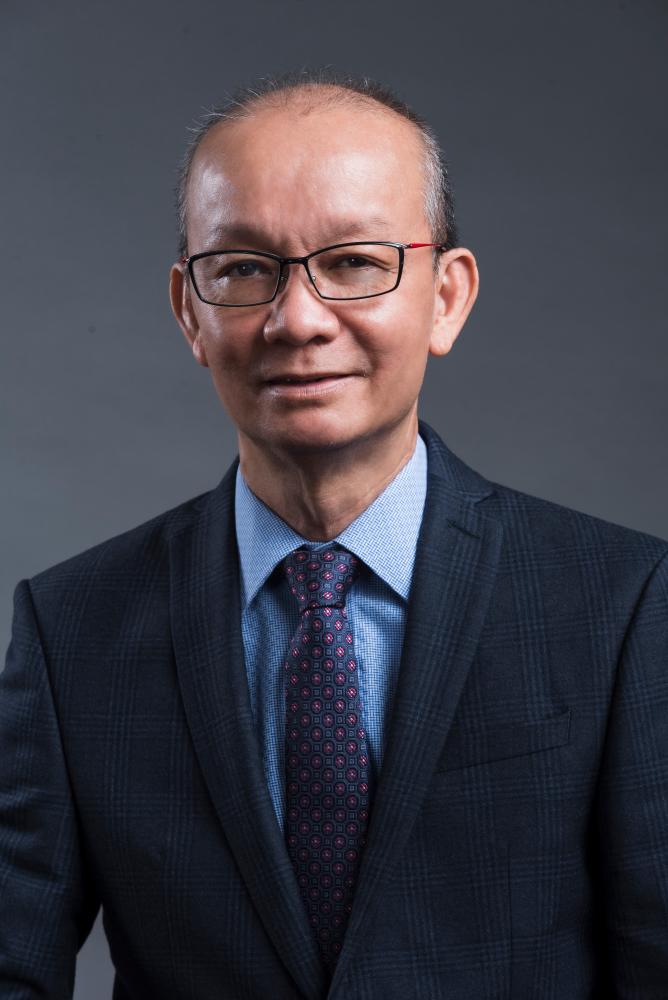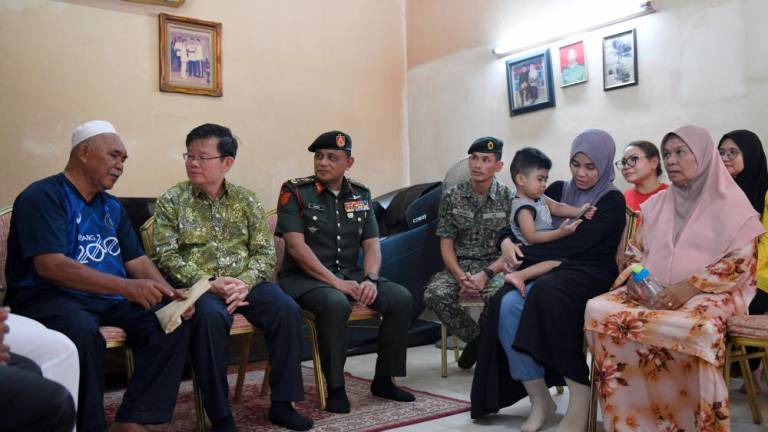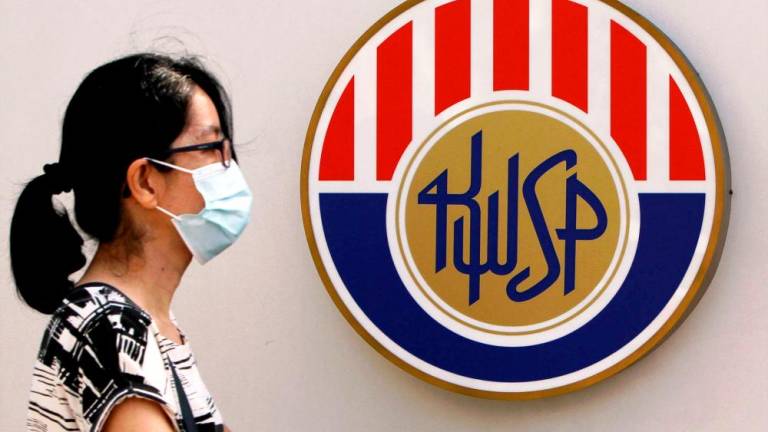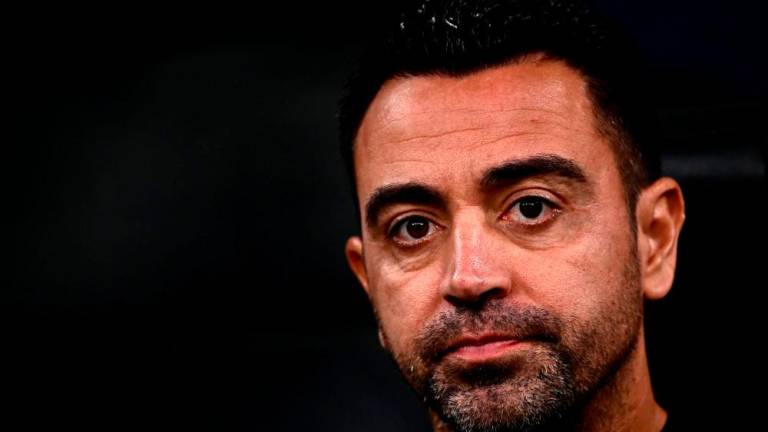PETALING JAYA: Kuala Lumpur’s (KL) strong economic growth and the government’s robust plan to reopen its borders to international travel and revitalise its tourism industry, coupled with improving fundamentals and notable infrastructure developments in the pipeline, make KL’s hotel market a prime candidate for investment in 2022 and beyond.
According to CBRE’s Kuala Lumpur Hotel Market Outlook & Prospects 2022, the city has recorded an upward trajectory in hotel revenue per available room (revpar) in the last quarter of 2021, and CBRE expects revpar to continue to increasing in the coming years as international brands enter the market and luxury and upscale hotel projects are due to be completed. Midscale hotels in KL continue to maintain a healthy gross operating margin range of about 40-50%, in line with other well-established markets in the region like Singapore.
As the lending climate remains cautious for hospitality assets across the region, important factors to secure sufficient financing include asset quality, upside story and buyer’s profile. With the economy and tourism industry picking up in 2022, CBRE expects financial institutions to remain keen to participate in the growth trajectory of the hospitality sector in Malaysia.
CBRE expects Malaysia’s tourism recovery in 2022 to be driven largely by the return of Singapore travellers following the resumption of travel between the two countries. Singapore has historically been the top source market for Malaysia, accounting for an average of 46% of total arrivals between 2015 and 2019. Coupled with a strong domestic tourism market that remained resilient throughout the pandemic and Malaysia’s growing popularity as a halal tourism destination, KL is poised to reap the benefits of the country’s reopening to international travel.
CBRE|WTW chairman Foo Gee Jen (pix) said the re-opening of international borders on April 1, 2022 provided a positive outlook for the tourism sector and drive the tourism market to slowly gain back its momentum.
“Business travelling as well as leisure expenses on resorts located in Langkawi, Malacca among other getaway islands will see a gradual rise in occupants as many have grown to worry less on the statistics of the Covid-19 numbers which was initially creating a mental block on the very idea of travelling,” said Foo.
Earlier, there was an arrangement for vaccinated travel lane between Malaysia and Singapore subsequently Thailand and Cambodia. The industry players are optimistic with the reopening of the borders that come with an increased confidence level of tourism operators within the market.
The Malaysia Association of Hotel had anticipated the hotel occupancy to reach 60% in the third quarter of this year, mainly contributed by international tourist. To support this arrangement, entry procedures have been eased in comparison to last year and this may increase the demand for tourism products.










